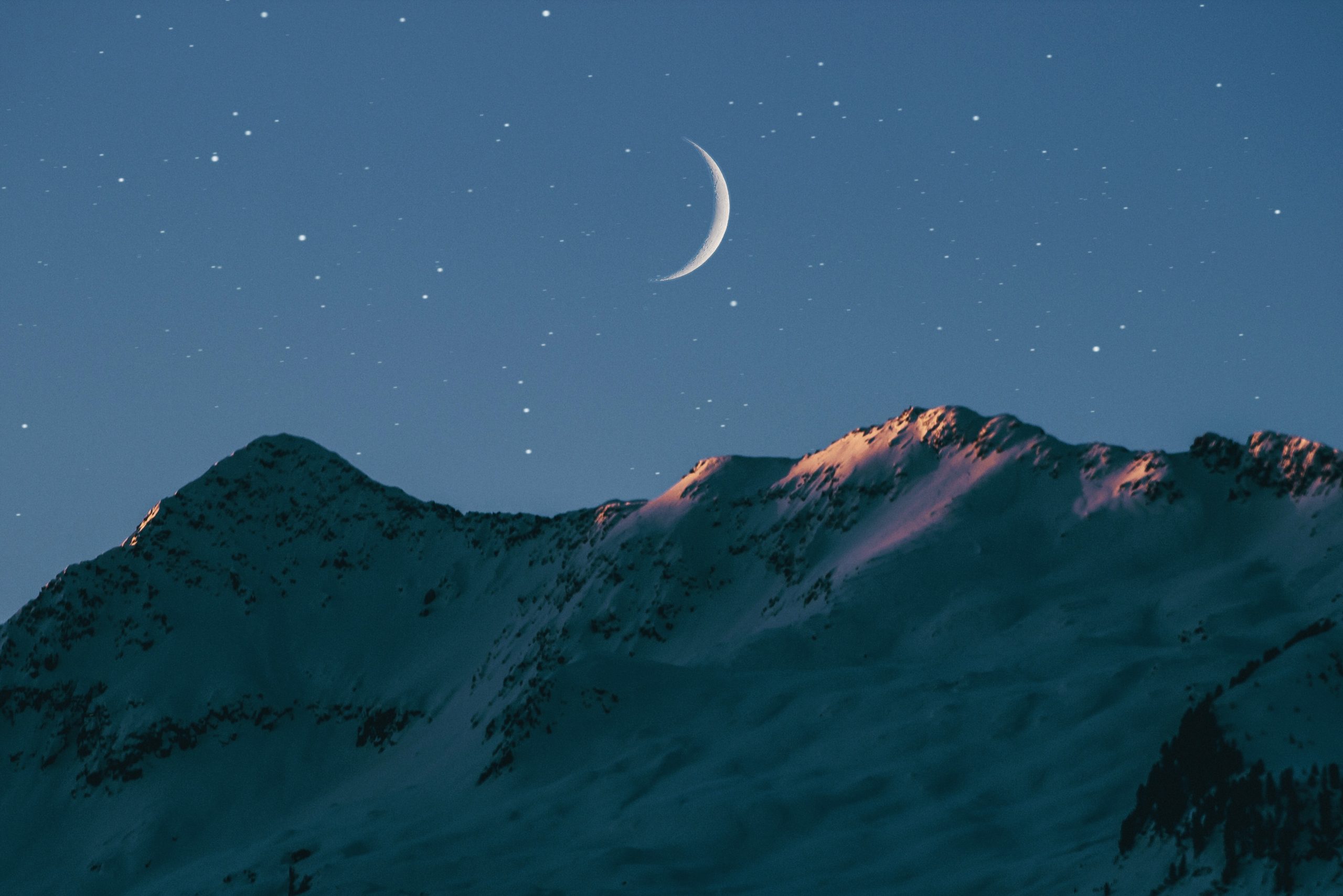The Fascinating Effects of Moon Phases
The moon has always captivated human beings with its mystical presence in the night sky. Its changes and phases have been linked to various cultural beliefs and myths throughout history. But did you know that the moon’s phases also have real effects on the world around us? In this blog post, we will explore the fascinating effects that moon phases exert on our planet and its inhabitants.
The Lunar Cycle: Understanding Moon Phases
Before diving into the effects of moon phases, it’s crucial to understand how the lunar cycle works. The moon’s revolution around the Earth takes approximately 29.5 days, during which it goes through eight distinct phases:
| Phase | Proportion of Illuminated Moon |
|---|---|
| New Moon | 0% |
| Waxing Crescent | 1-49% |
| First Quarter | 50% |
| Waxing Gibbous | 51-99% |
| Full Moon | 100% |
| Waning Gibbous | 51-99% |
| Third Quarter | 50% |
| Waning Crescent | 1-49% |
These phases occur as a result of the moon’s position relative to the Earth and the sun. As the moon orbits Earth, its illuminated portion changes, resulting in the various phases we observe from our vantage point.
Effect on Tides
One of the most noticeable effects of moon phases can be observed in Earth’s tides. The gravitational pull of the moon, combined with that of the sun, creates tidal bulges on our planet. During a full or new moon, when the sun, moon, and Earth are aligned, we experience spring tides. These tides result in higher high tides and lower low tides.
In contrast, during the moon’s quarter phases, when the moon and sun are at right angles to each other, neap tides occur. Neap tides lead to lower high tides and higher low tides. These tidal variations can impact coastal ecosystems, navigation, and even recreational activities like surfing or beachcombing.
Effect on Wildlife
Several studies have suggested that moon phases can influence the behavior and reproductive patterns of various animal species. For instance, sea turtles are known to synchronize their nesting activities with the lunar cycle. They tend to come ashore to lay their eggs during the highest tides near the new and full moons.
Furthermore, many fish species exhibit changes in feeding behavior during different moon phases. Certain species show increased feeding activity during full and new moons, while others display more activity during quarter phases. The moon’s influence on animal behavior is a fascinating area of research, shedding light on the intricate connections between celestial bodies and earthly life forms.
Effect on Human Behavior
It has long been believed that the moon’s phases can affect human behavior and emotions, though scientific evidence supporting these claims is limited. Nonetheless, there are notable examples and anecdotes throughout history that suggest a connection between human behavior and moon phases.
One area where this belief is particularly prevalent is in agriculture. Some farmers still follow planting calendars based on the moon’s phases, believing that different phases affect plant growth or yield. While there is ongoing debate on the scientific validity of such practices, they continue to persist in certain farming traditions around the world.
Additionally, some studies have explored the potential influence of moon phases on human sleep patterns and mental health. While the evidence is mixed and inconclusive, with some studies suggesting correlations and others dismissing them, the topic remains an intriguing subject for scientific inquiry.
Folklore and Cultural Beliefs
Throughout history, moon phases have been intertwined with folklore and cultural beliefs. For example, in many societies, the full moon has been associated with increased supernatural occurrences or heightened emotions. Werewolves and vampires often make their appearances under the full moon in popular myths and legends.
In various cultural and religious traditions, moon phases also play a significant role. The Islamic calendar, for instance, is based on lunar months, with important events like Ramadan determined by the sighting of the crescent moon. Similarly, the Hindu festival of Diwali, also known as the Festival of Lights, is celebrated on the new moon night of the Hindu lunisolar month.
Conclusion
The effects of moon phases extend far beyond their aesthetic appeal in the night sky. From influencing Earth’s tides to potentially affecting wildlife behavior and human beliefs, the moon’s phases have captivated human imagination for centuries. While some moon-related beliefs may stem from folklore and cultural traditions, ongoing scientific research continues to explore the tangible effects of moon phases on the world we inhabit.
So, the next time you gaze up at the moon, remember that its phases have shaped our world in more ways than meets the eye.
Table of Contents
